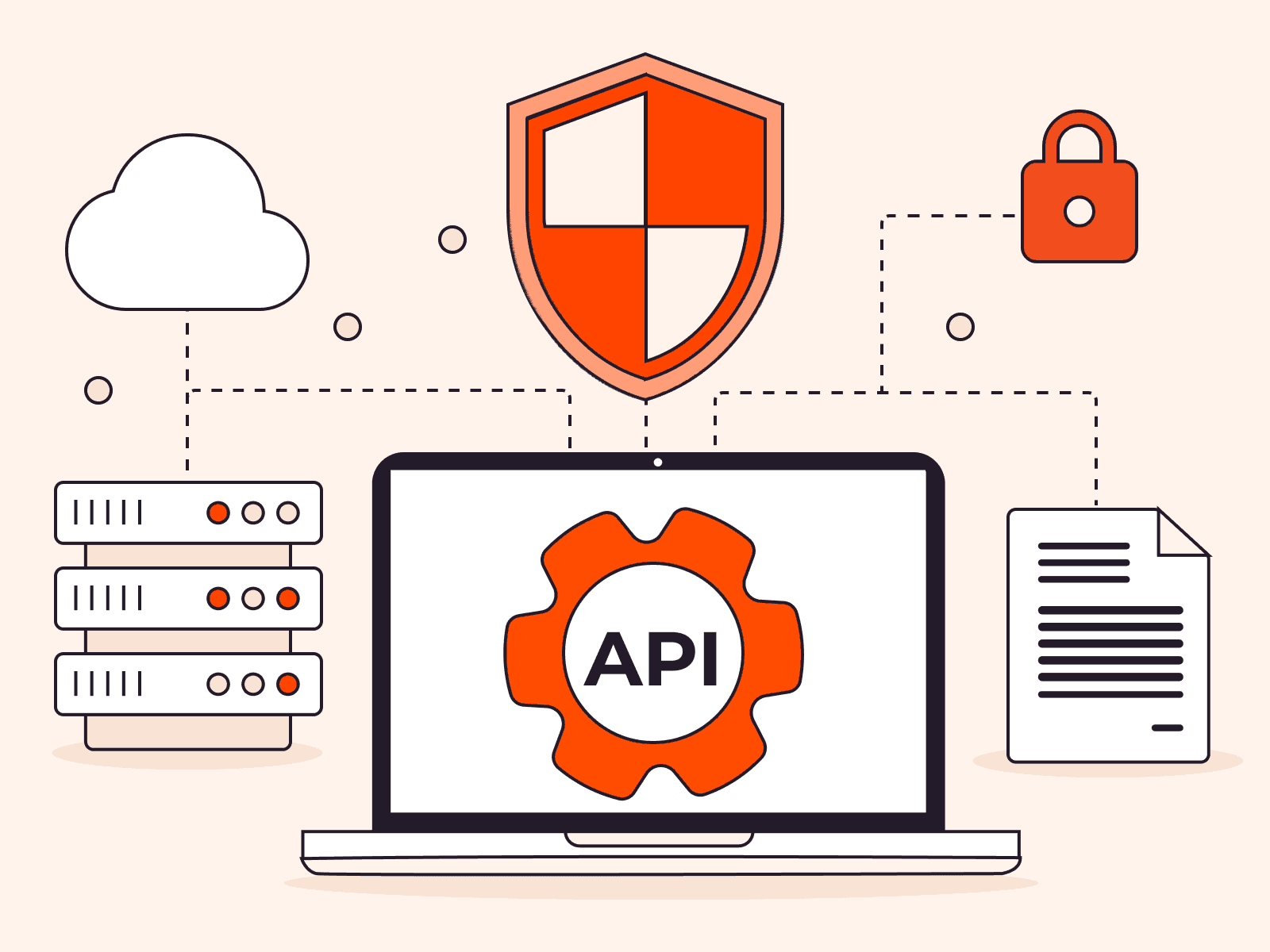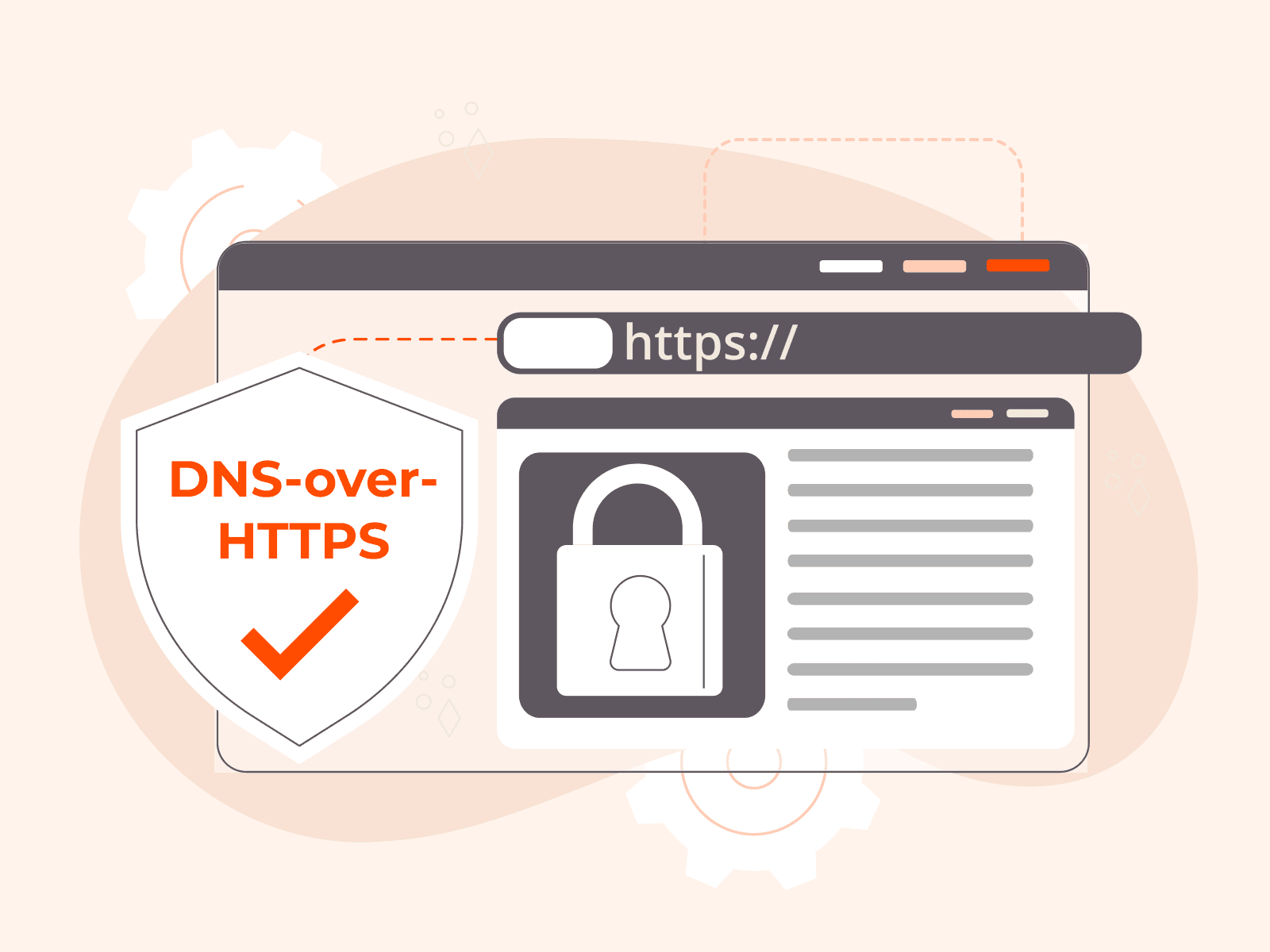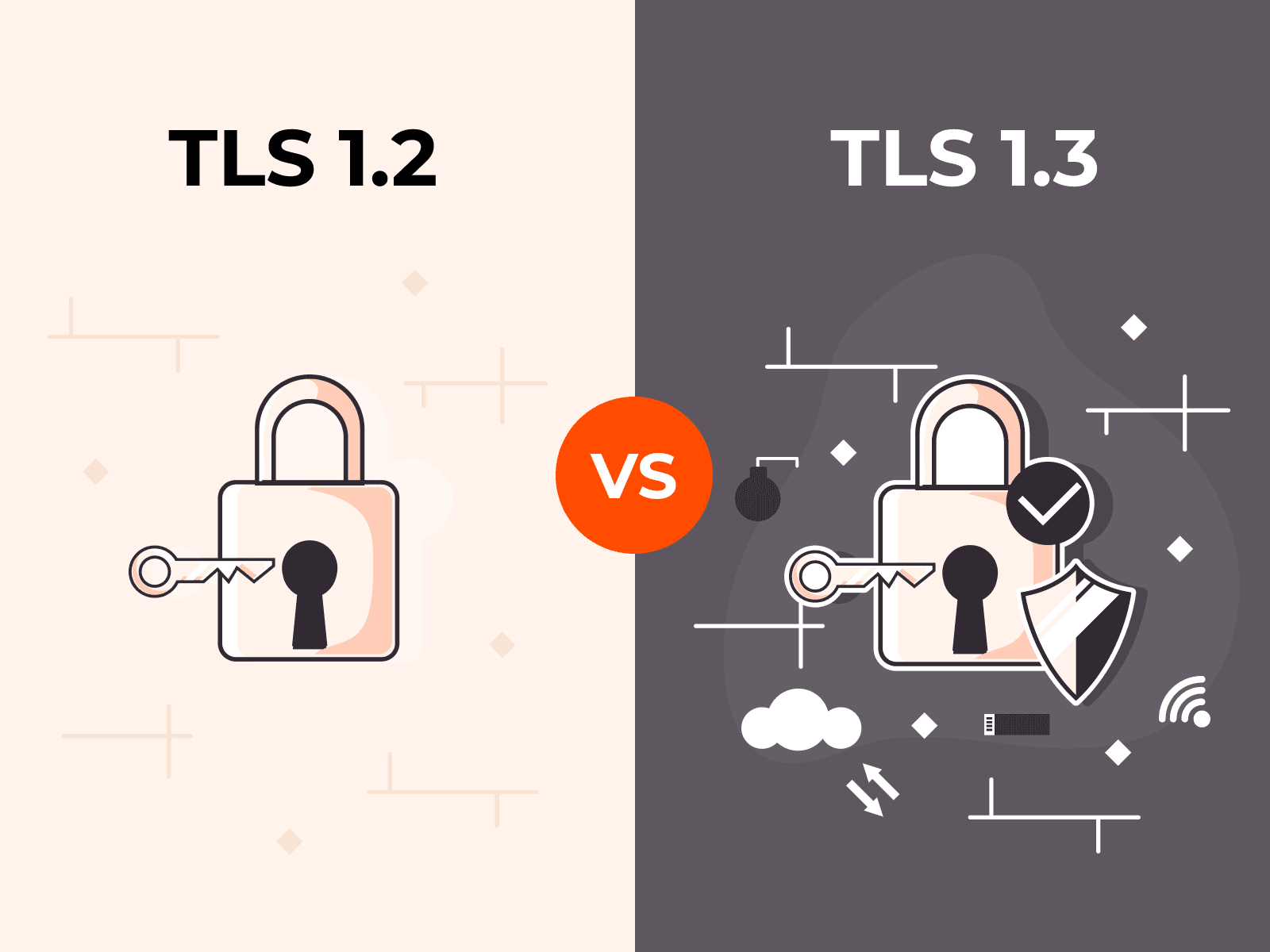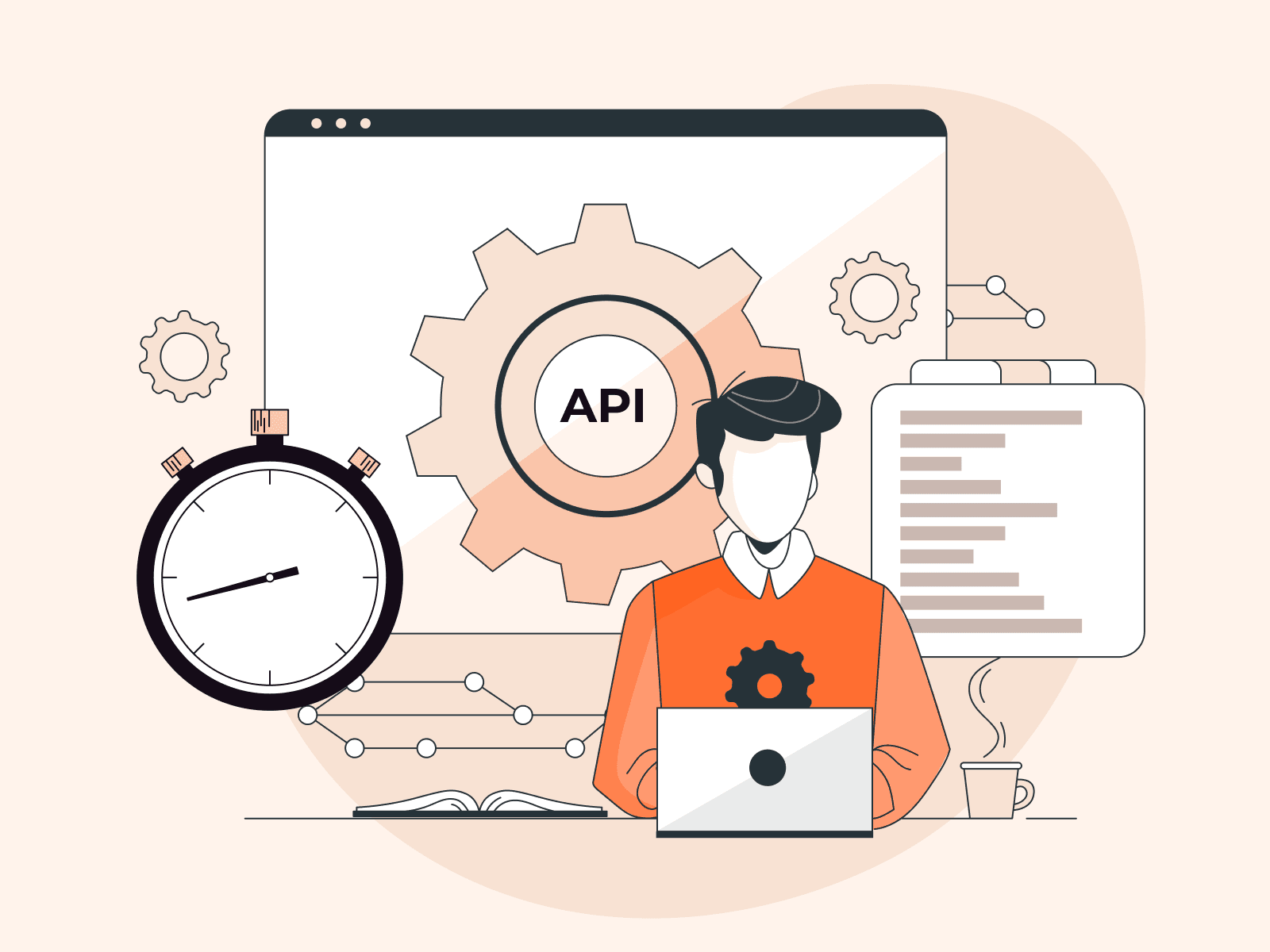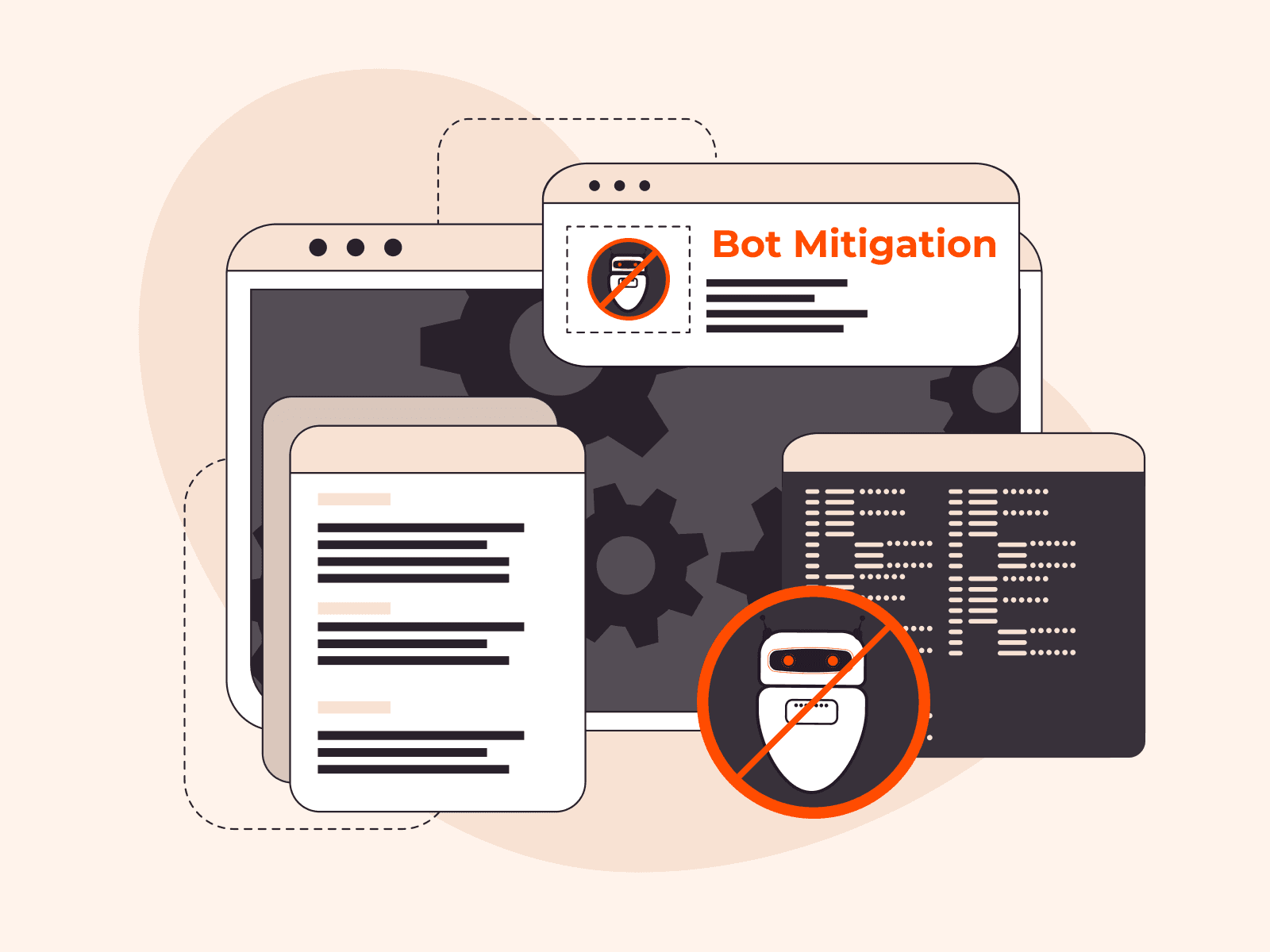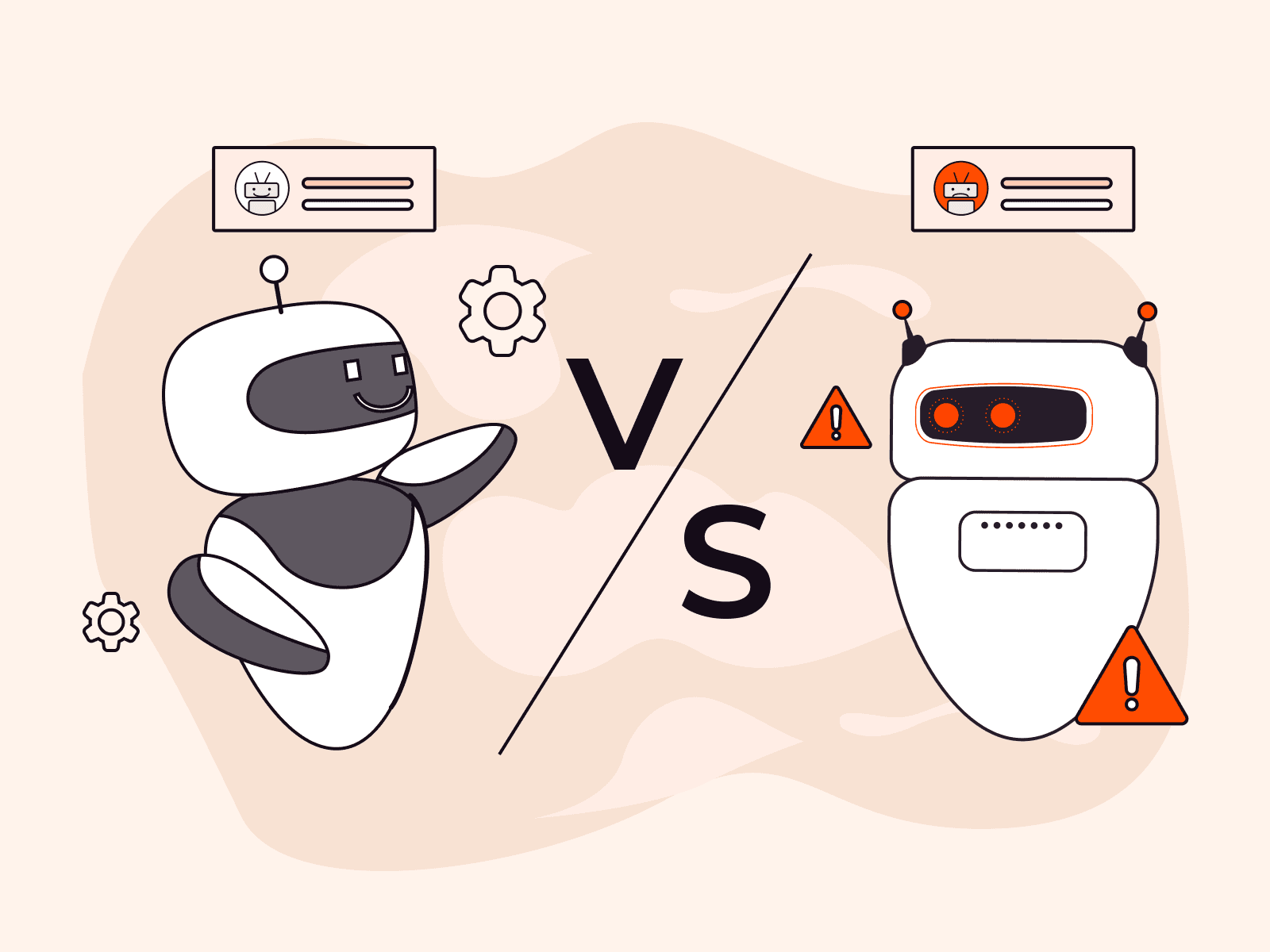A vast 84% of organizations have experienced API security incidents in the past year. APIs (application programming interfaces) are the backbone of modern technology, allowing seamless interaction between diverse software platforms. However, this increased connectivity comes with a downside: a higher risk of security breaches, which can include injection attacks, credential stuffing, and L7 DDoS attacks, as well as the ever-growing threat of AI-based attacks.
Fortunately, developers and IT teams can implement DIY API protection. Mitigating vulnerabilities involves using secure coding techniques, conducting thorough testing, and applying strong security protocols and frameworks. Alternatively, you can simply use a WAAP (web application and API protection) solution for specialized, one-click, robust API protection.
This article explains 11 practical tips that can help protect your APIs from security threats and hacking attempts, with examples of commands and sample outputs to provide API security.
#1 Implement authentication and authorization
Use robust authentication mechanisms to verify user identity and authorization strategies like OAuth 2.0 to manage access to resources. Using OAuth 2.0, you can set up a token-based authentication system where clients request access tokens using credentials.
# Requesting an access token
curl -X POST https://yourapi.com/oauth/token \
-d "grant_type=client_credentials" \
-d "client_id=your_client_id" \
-d "client_secret=your_client_secret"
Sample output:
{
"access_token": "eyJ0eXAiOiJKV1QiLCJhbGciOiJIUzI1NiJ9...",
"token_type": "bearer",
"expires_in": 3600
}
#2 Secure communication with HTTPS
Encrypting data in transit using HTTPS can help prevent eavesdropping and man-in-the-middle attacks. Enabling HTTPS may involve configuring your web server with SSL/TLS certificates, such as Let’s Encrypt with nginx.
sudo certbot --nginx -d yourapi.com
#3 Validate and sanitize input
Validating and sanitizing all user inputs protects against injection and other attacks. For a Node.js API, use express-validator middleware to validate incoming data.
app.post('/api/user', [
body('email').isEmail(),
body('password').isLength({ min: 5 })
], (req, res) => {
const errors = validationResult(req);
if (!errors.isEmpty()) {
return res.status(400).json({ errors: errors.array() });
}
// Proceed with user registration
});
#4 Use rate limiting
Limit the number of requests a client can make within a specified time frame to prevent abuse. The express-rate-limit library implements rate limiting in Express.js.
const rateLimit = require('express-rate-limit');
const apiLimiter = rateLimit({
windowMs: 15 * 60 * 1000, // 15 minutes
max: 100
});
app.use('/api/', apiLimiter);
#5 Undertake regular security audits
Regularly audit your API and its dependencies for vulnerabilities. Run
npm audit
in your Node.js project to detect known vulnerabilities in your dependencies.
npm audit
Sample output:
found 0 vulnerabilities
in 1050 scanned packages
#6 Implement access controls
Implement configurations so that users can only access resources they are authorized to view or edit, typically through roles or permissions. The two more common systems are Role-Based Access Control (RBAC) and Attribute-Based Access Control (ABAC) for a more granular approach.
You might also consider applying zero-trust security measures such as the principle of least privilege (PoLP), which gives users the minimal permissions necessary to perform their tasks. Multi-factor authentication (MFA) adds an extra layer of security beyond usernames and passwords.
#7 Monitor and log activity
Maintain comprehensive logs of API activity with a focus on both performance and security. By treating logging as a critical security measure—not just an operational tool—organizations can gain deeper visibility into potential threats, detect anomalies more effectively, and accelerate incident response.
#8 Keep dependencies up-to-date
Regularly update all libraries, frameworks, and other dependencies to mitigate known vulnerabilities. For a Node.js project, updating all dependencies to their latest versions is vital.
npm update
#9 Secure API keys
If your API uses keys for access, we recommend that you make sure that they are securely stored and managed. Modern systems often utilize dynamic key generation techniques, leveraging algorithms to automatically produce unique and unpredictable keys. This approach enhances security by reducing the risk of brute-force attacks and improving efficiency.
#10 Conduct penetration testing
Regularly test your API with penetration testing to identify and fix security vulnerabilities. By simulating real-world attack scenarios, your organizations can systematically identify vulnerabilities within various API components. This proactive approach enables the timely mitigation of security risks, reducing the likelihood of discovering such issues through post-incident reports and enhancing overall cybersecurity resilience.
#11 Simply implement WAAP
In addition to taking the above steps to secure your APIs, a WAAP (web application and API protection) solution can defend your system against known and unknown threats by consistently monitoring, detecting, and mitigating risks. With advanced algorithms and machine learning, WAAP safeguards your system from attacks like SQL injection, DDoS, and bot traffic, which can compromise the integrity of your APIs.
Take your API protection to the next level
These steps will help protect your APIs against common threats—but security is never one-and-done. Regular reviews and updates are essential to stay ahead of evolving vulnerabilities. To keep on top of the latest trends, we encourage you to read more of our top cybersecurity tips or download our ultimate guide to WAAP.
Implementing specialized cybersecurity solutions such as WAAP, which combines web application firewall (WAF), bot management, Layer 7 DDoS protection, and API security, is the best way to protect your assets. Designed to tackle the complex challenges of API threats in the age of AI, Gcore WAAP is an advanced solution that keeps you ahead of security threats.
Related articles
Subscribe to our newsletter
Get the latest industry trends, exclusive insights, and Gcore updates delivered straight to your inbox.
